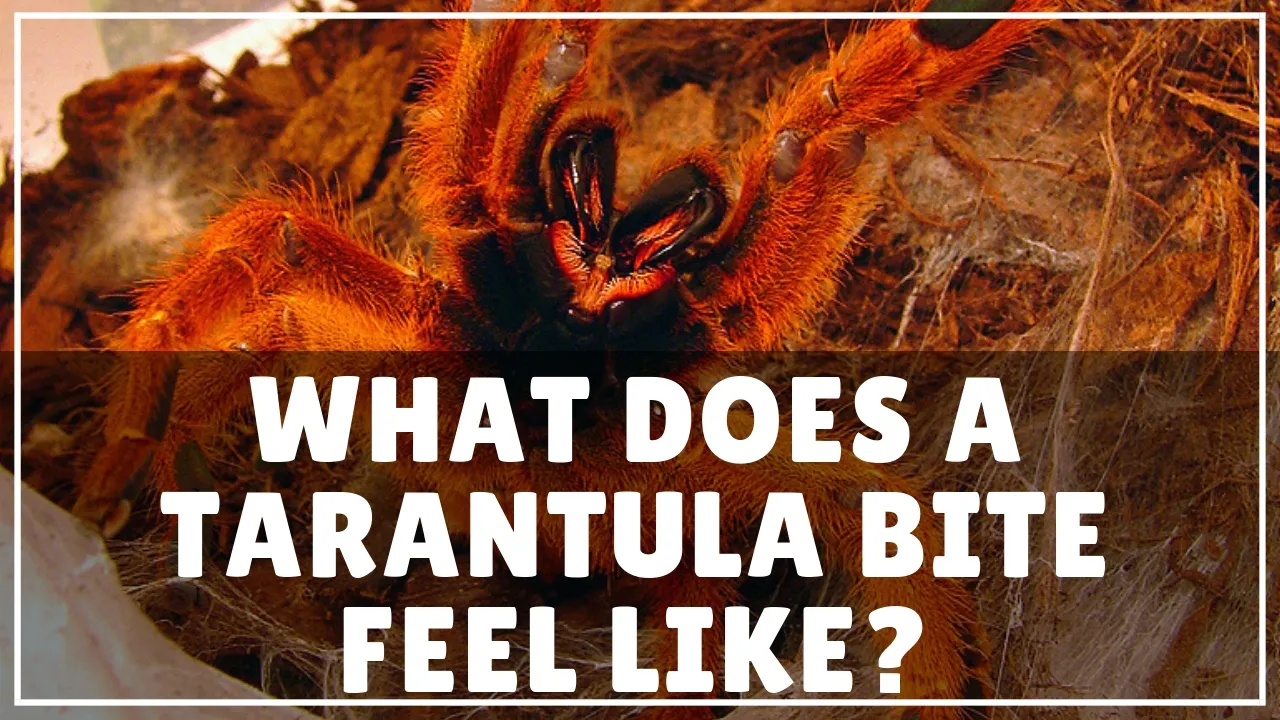Understanding the Tarantula Hawk and Its Bite
The tarantula hawk, a formidable insect known for its striking appearance and excruciatingly painful sting, presents a unique challenge when it comes to treatment. Understanding the nature of this creature and the impact of its bite is the first step in effectively addressing the situation. This comprehensive guide will delve into everything you need to know about tarantula hawk bites, from identifying the insect and recognizing the symptoms to administering first aid and seeking appropriate medical attention. The goal is to empower you with the knowledge to manage a tarantula hawk bite effectively and minimize the discomfort and potential complications.
What is a Tarantula Hawk?
Tarantula hawks are large, solitary wasps belonging to the genus Pepsis and Hemipepsis. They are among the largest wasps in the world, with some species reaching up to 2 inches in length. These impressive insects are easily recognizable by their iridescent blue-black bodies and bright orange or rusty-red wings. Female tarantula hawks are known for their hunting behavior; they prey on tarantula spiders, paralyzing them with their sting and using them as a host for their larvae. The tarantula hawk’s sting is often described as one of the most painful insect stings in the world, though it is rarely life-threatening to humans.
Where are Tarantula Hawks Found?
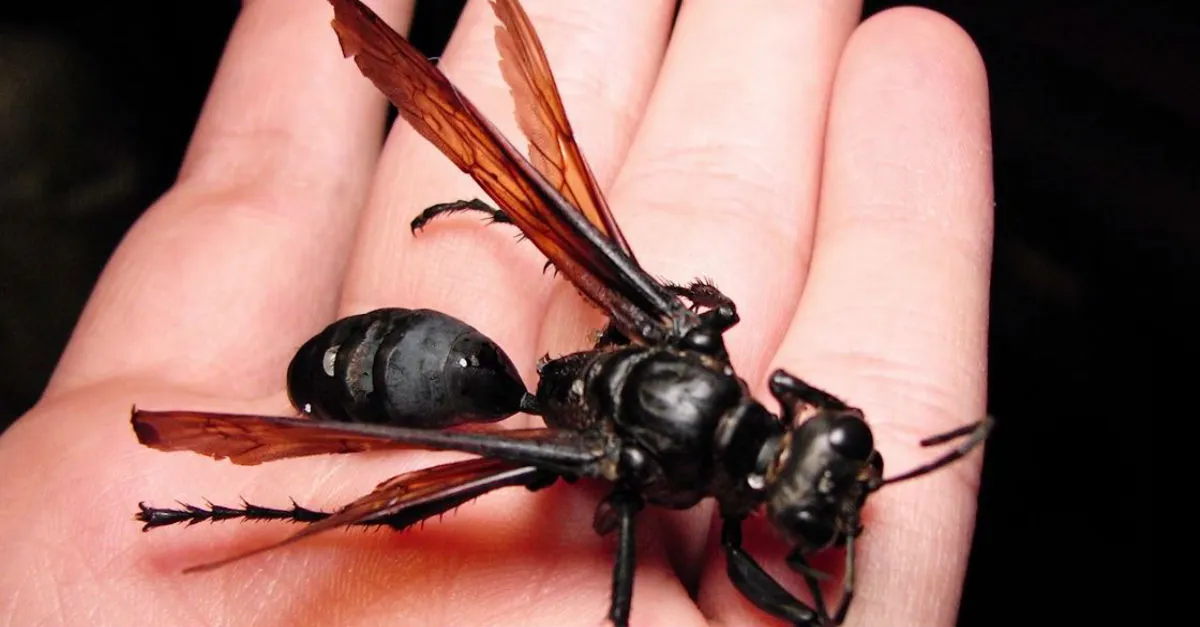
Tarantula hawks are primarily found in the southwestern United States, particularly in the deserts of Arizona, New Mexico, and Texas. They also inhabit parts of South America and other regions with warm climates and arid landscapes. These wasps prefer areas with sandy soil and sparse vegetation, where they can hunt for tarantulas and build their nests. Knowing the geographical distribution of tarantula hawks is crucial for identifying potential risks and taking preventative measures if you live in or are traveling to a region where they are present.
Why are Tarantula Hawk Bites Painful?
The intense pain associated with a tarantula hawk sting is due to the potent venom injected by the wasp. This venom contains a complex mixture of compounds that affect the nervous system, causing immediate and intense pain. Unlike bee stings, tarantula hawks can sting repeatedly. The sting itself is designed to paralyze the tarantula, so the venom is highly effective in causing significant pain and discomfort in humans. The pain is often described as searing, excruciating, and can last for several minutes, sometimes even hours, making it one of the most dreaded insect stings.
Recognizing a Tarantula Hawk Bite
Identifying a tarantula hawk bite quickly is vital for initiating appropriate treatment. While the pain is the most noticeable symptom, other signs can help confirm the bite and guide your response. Being able to distinguish a tarantula hawk sting from other insect bites will ensure you administer the most effective treatment. The information provided below outlines the symptoms, from immediate reactions to delayed effects, enabling you to recognize a tarantula hawk bite promptly.
Immediate Symptoms of a Tarantula Hawk Bite
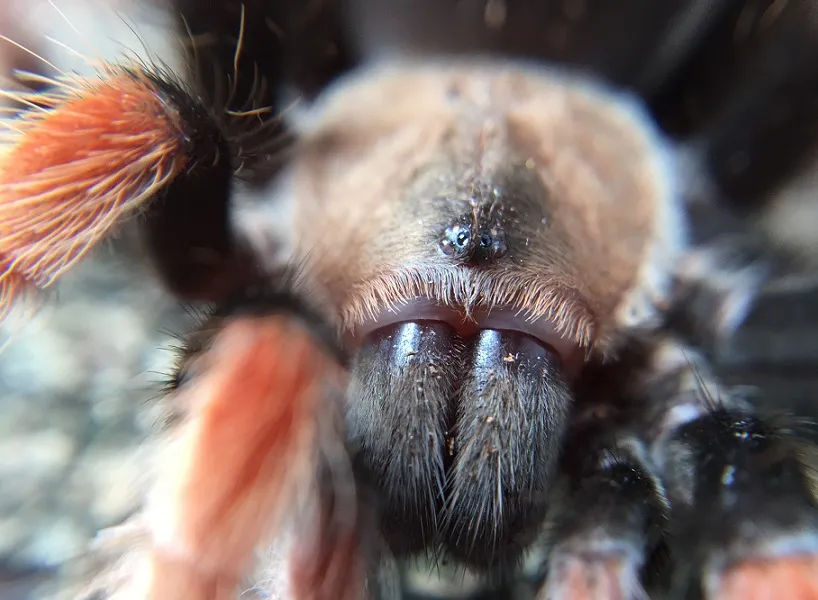
The most immediate and prominent symptom of a tarantula hawk bite is intense, excruciating pain at the sting site. This pain often peaks within a few minutes and can radiate outwards. You might also experience a burning sensation, along with redness, swelling, and localized warmth. The area around the sting may become tender to the touch. In addition to the physical pain, the shock and surprise of being stung can trigger anxiety and a rapid heart rate. It’s essential to remain calm and assess the situation to manage these immediate symptoms effectively.
Delayed Symptoms to Watch For
While the immediate pain subsides, some delayed symptoms can appear hours or even days after the sting. These may include persistent swelling, itching, and localized inflammation. In rare cases, more severe reactions like muscle spasms, tremors, and difficulty breathing may occur, indicating an allergic reaction or a more serious response to the venom. If you experience any of these delayed symptoms, it is crucial to seek immediate medical attention. Monitoring yourself for any adverse reactions will help you react quickly and prevent further complications.
First Aid for Tarantula Hawk Bite
Administering the right first aid can significantly reduce the severity of a tarantula hawk bite. Immediate actions can help alleviate pain, prevent secondary infections, and minimize long-term complications. The following guidelines provide detailed instructions on how to handle a tarantula hawk bite, from the initial steps to the ongoing care. Always remember that first aid is an initial response; depending on the severity of your symptoms, medical intervention might be needed.
First Steps after Being Stung
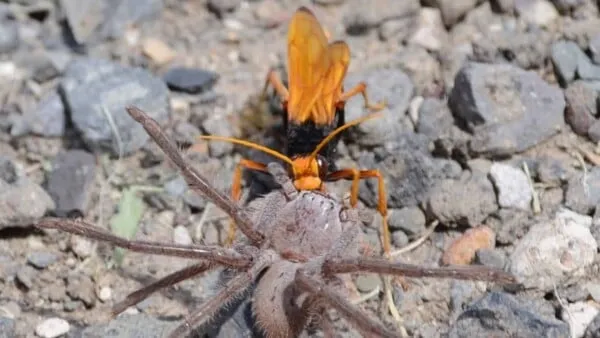
The first step after being stung by a tarantula hawk is to move to a safe location away from the area where the wasp was encountered. This will prevent further stings. Assess the severity of the bite and note any immediate symptoms. If possible, try to identify the insect, but avoid putting yourself at risk of another sting. The priority is to remain calm, reassure the victim, and prepare for the next steps of treatment. Quick action is key to mitigating the effects of the venom and minimizing the chances of severe reactions.
How to Clean the Wound
Gently clean the sting site with mild soap and water. Avoid scrubbing or using harsh chemicals, as this can irritate the area. Thoroughly rinsing the wound helps to remove any debris and reduces the risk of infection. Pat the area dry with a clean cloth or sterile gauze. Regular cleaning helps in preventing the spread of bacteria and promotes quicker healing. Keeping the wound clean is an essential part of the healing process, helping to reduce inflammation and discomfort.
Applying Cold Compress
Applying a cold compress or an ice pack to the sting site can help alleviate pain and reduce swelling. Wrap the ice pack in a cloth to prevent direct contact with the skin and apply it for 15-20 minutes at a time. Repeat this process every few hours. Cold therapy constricts blood vessels, which helps decrease inflammation and numbs the area, providing pain relief. This simple yet effective method can significantly reduce discomfort and promote faster recovery.
Pain Management Techniques
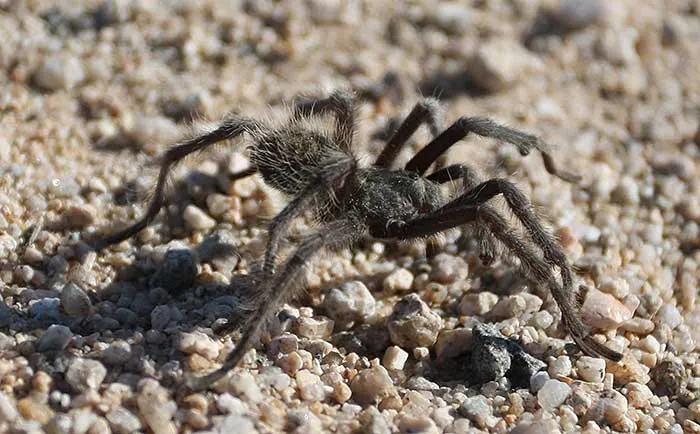
Managing pain is a critical part of dealing with a tarantula hawk bite. Several methods can help alleviate the excruciating pain associated with the sting. From readily available over-the-counter medications to home remedies, you can employ various pain management strategies to reduce discomfort. The goal is to minimize the impact of the venom and improve your overall well-being until the symptoms subside. Exploring different pain management techniques will allow you to find what works best for you.
Over the Counter Pain Relievers
Over-the-counter pain relievers, such as ibuprofen or acetaminophen, can help reduce pain and inflammation. Follow the dosage instructions on the packaging. Topical creams containing antihistamines or hydrocortisone can also provide relief from itching and swelling. Avoid using aspirin, as it can increase bleeding and bruising at the sting site. These medications can offer immediate relief and enhance your comfort. Consult your doctor or a pharmacist if you have any concerns about the medication’s use or its potential side effects.
When to Seek Medical Attention
While most tarantula hawk bites are not life-threatening, certain symptoms require immediate medical attention. Seek medical help if you experience difficulty breathing, swelling of the face or throat, severe dizziness, or signs of a systemic allergic reaction. These symptoms indicate anaphylaxis, a severe and potentially life-threatening allergic reaction. Also, seek medical care if the pain is unbearable or if the symptoms worsen despite home treatments. A doctor can provide more effective treatments and rule out any other complications.
Medical Treatments for Tarantula Hawk Bites
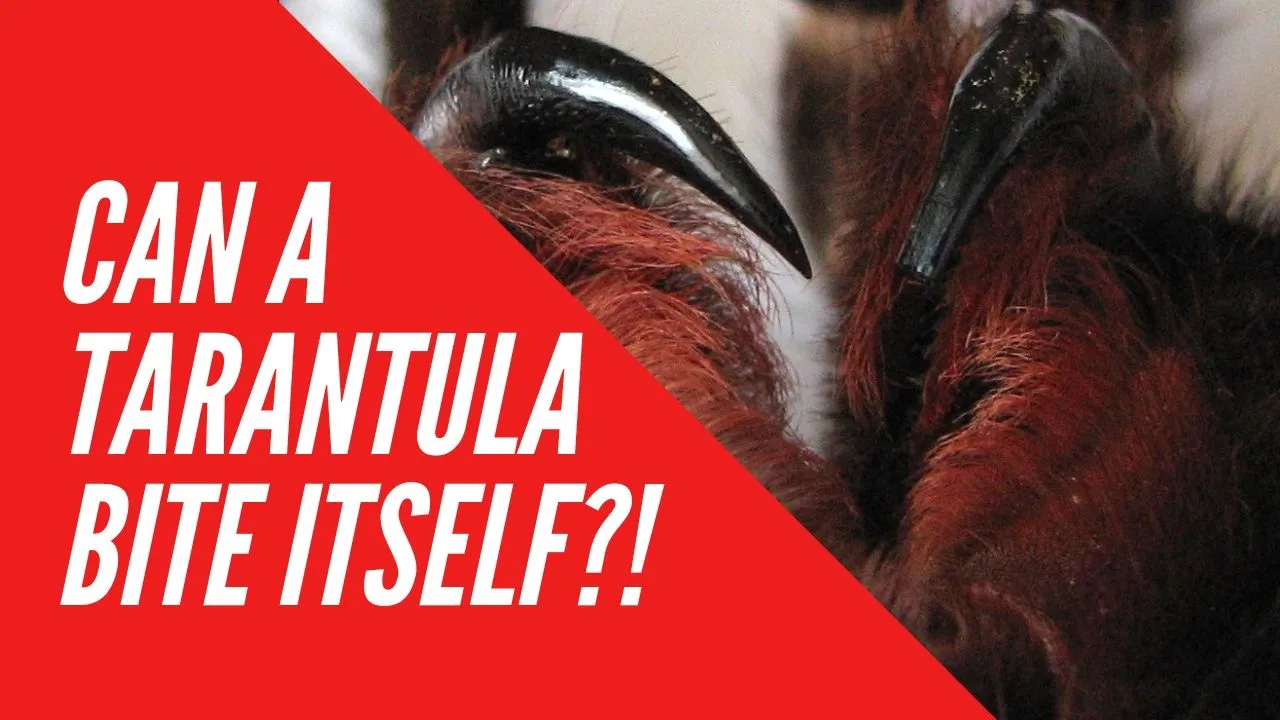
In cases of severe reactions or persistent symptoms, medical treatments may be necessary. Doctors may administer various medications and interventions to alleviate pain, reduce inflammation, and address any complications. These treatments are designed to provide comprehensive care and ensure a safe and effective recovery. Understanding these medical treatments is crucial, especially when you or someone you know has been stung by a tarantula hawk.
Antihistamines
Antihistamines, such as diphenhydramine (Benadryl), can help reduce itching and swelling. They work by blocking the action of histamine, a chemical released by the body in response to an allergic reaction. Antihistamines are especially useful if you experience hives or widespread itching. They can be taken orally or administered topically in the form of a cream. Always follow the recommended dosage and be aware of potential side effects, such as drowsiness.
Corticosteroids
Corticosteroids, such as prednisone, are potent anti-inflammatory drugs that can be prescribed by a doctor to reduce swelling and inflammation. They are often used in cases of severe reactions or if the symptoms persist. Corticosteroids can be administered orally or injected. These medications help suppress the immune system and reduce inflammation, thus alleviating the symptoms. However, corticosteroids have potential side effects, so their use is carefully monitored by medical professionals.
Preventing Tarantula Hawk Bites
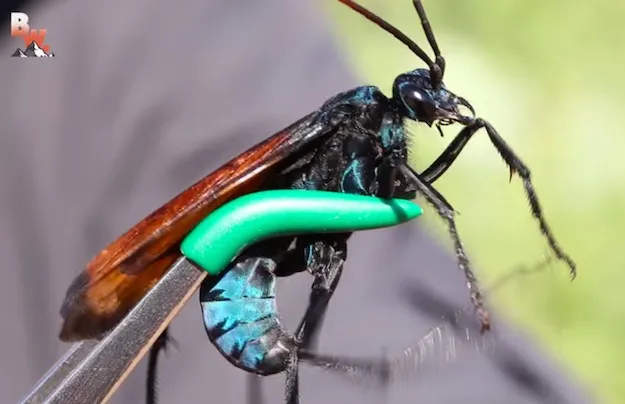
The best way to treat a tarantula hawk bite is to prevent it from happening in the first place. Taking proactive measures can significantly reduce your risk of encountering these insects and suffering from their painful stings. This section will cover essential strategies and provide useful information to help you minimize your exposure to tarantula hawks and stay safe in their habitats.
Identifying Tarantula Hawk Habitats
Tarantula hawks prefer warm, arid environments, often found in the southwestern United States and parts of South America. They build their nests in sandy soil and are commonly found near areas with sparse vegetation. Recognizing these habitats is the first step in preventing encounters. If you live in or plan to visit areas with a high tarantula hawk population, familiarize yourself with their preferred environments and take extra precautions. Look for sandy or open areas where they are most likely to be encountered.
Precautions in Tarantula Hawk Areas
When in tarantula hawk habitats, wear protective clothing, such as long sleeves, long pants, and closed-toe shoes. Avoid wearing bright colors, which can attract insects. Be cautious near potential nesting sites and areas where tarantulas might be present, as tarantula hawks hunt these spiders. Avoid sudden movements and do not disturb tarantula hawks or their nests. Regularly inspect your surroundings and avoid walking through tall grass or brush where these wasps might be present. Awareness and careful behavior are key to preventing stings.
Frequently Asked Questions
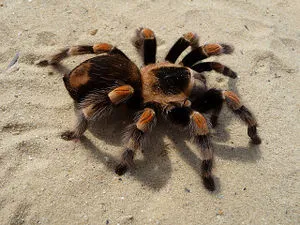
Addressing common questions about tarantula hawk bites can provide further clarity and guidance. This section includes answers to some frequently asked questions to equip you with the knowledge and information necessary to address any concerns.
What does a tarantula hawk bite feel like?
A tarantula hawk bite is often described as one of the most painful insect stings in the world. The pain is immediate, intense, and searing, often described as feeling like a bolt of lightning. It can be excruciating and can last for several minutes to hours. The pain is often accompanied by redness, swelling, and a burning sensation at the sting site. The intensity of the pain can vary, but it is consistently described as extremely severe.
How long does the pain last?
The duration of pain from a tarantula hawk bite varies depending on the individual and the severity of the sting. The initial, intense pain usually lasts for a few minutes to a few hours. Some people may experience pain and discomfort for up to 24 hours. In some cases, persistent swelling and tenderness might last for several days. The use of pain relief methods, such as cold compresses and over-the-counter medications, can help manage the pain and reduce the duration of discomfort.
In conclusion, treating a tarantula hawk bite requires immediate action and a calm approach. Knowing how to recognize the symptoms, apply first aid, and seek medical attention when needed is crucial. By understanding the insect, its habitat, and the appropriate treatments, you can effectively manage the situation and minimize the impact of the sting. Prevention through awareness and cautious behavior is always the best approach. Stay informed, stay safe, and be prepared.
